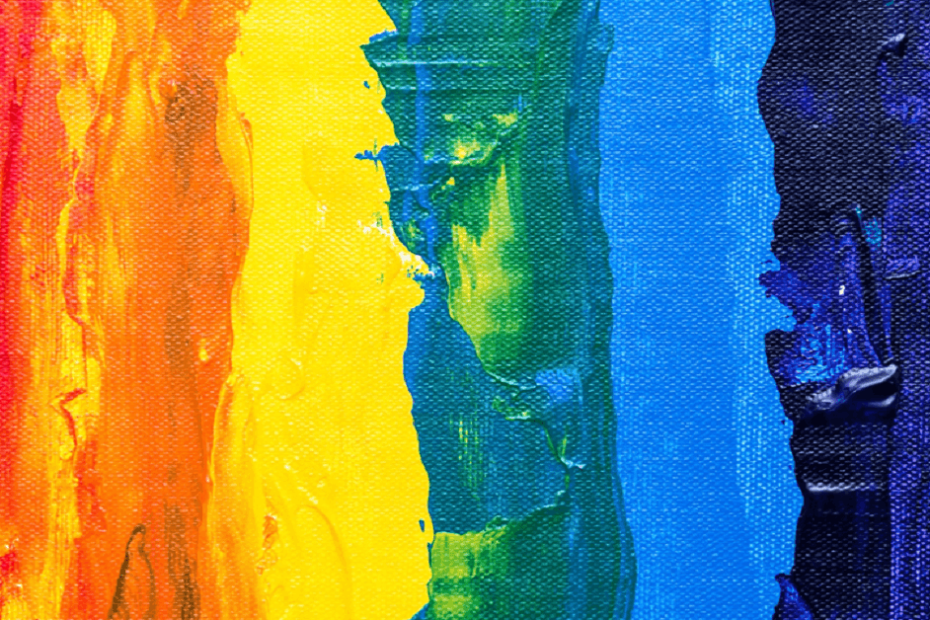Whether you are in the process of painting a bedroom or exploring a color swatch chart, the concept of complementary colors can often be perplexing and unfamiliar. So, what precisely are complementary colors? In simple terms, they are colors positioned opposite each other on the color wheel. View it as a symbiotic relationship, where two seemingly contrasting colors complement each other and enhance the overall aesthetic.
Now, let’s explore the mechanics in more detail. Let’s break it down in a concise manner that will aid your coloring, painting, or overall comprehension. First and foremost, let’s discuss the color wheel – that circular rainbow chart commonly found in art stores and classrooms. This useful tool enables us to grasp the relationship between colors and how they interact when combined.
Next, let’s define complementary colors. As previously mentioned, they are colors positioned opposite each other on the color wheel. However, what does that truly entail? Well, when two complementary colors are placed side by side, they create an optical illusion of heightened intensity and contrast. In essence, they make each other visually stand out.
Now, here comes the exciting part – identifying complementary colors. Let’s take red and green as an example. On the color wheel, red is positioned directly opposite green, making them complementary colors. However, if you find this concept confusing, there is a useful technique to assist you. Take any color on the wheel and draw a straight line through the center, extending it to the opposite side. The color at the end of that line will be its complementary color.
But why do complementary colors harmonize so well? It all boils down to science, specifically our eyes’ response to light wavelengths. When we perceive colors adjacent to each other, our eyes send signals to our brains, creating a reaction. Complementary colors elicit the strongest response due to their significant separation on the color wheel, resulting in a high contrast and visual impact.
So, whether you are planning your next home decor project or simply admiring a breathtaking sunset, understanding complementary colors can undoubtedly add a remarkable wow factor to your life.
Utilizing Complementary Colors in Home Decor
Now that we have comprehended the concept and mechanics of complementary colors, let us explore some practical ways to incorporate them into your home decor.
One of the simplest methods is to utilize complementary colors as accent pieces. For instance, if your living room follows a neutral color scheme with whites and grays, introducing a pop of blue (which is complementary to orange) through throw pillows or a rug can instantly elevate the space.
Another approach is to create a focal point using complementary colors. Consider a scenario where you have a vibrant yellow couch; pairing it with a navy blue wall (complementary to yellow) will make it stand out even more and establish a bold statement in your room.
However, do not restrict yourself to furniture and accessories alone; complementary colors can also be incorporated into your wall paint choices. For a striking and dramatic effect, consider painting one wall in a room with its complementary color. This technique adds depth and dimension to the space.
Complementary colors can also be employed to achieve balance within a room. If your space predominantly features warm tones, incorporating some cool-toned accents (complementary colors) will bring a sense of harmony and equilibrium to the area.
Nevertheless, as with any design element, it is crucial to exercise moderation when using complementary colors. Excessive contrast can be overwhelming and detract from the overall look and ambiance of a room. Therefore, ensure the strategic and sparing use of complementary colors to achieve maximum impact!
